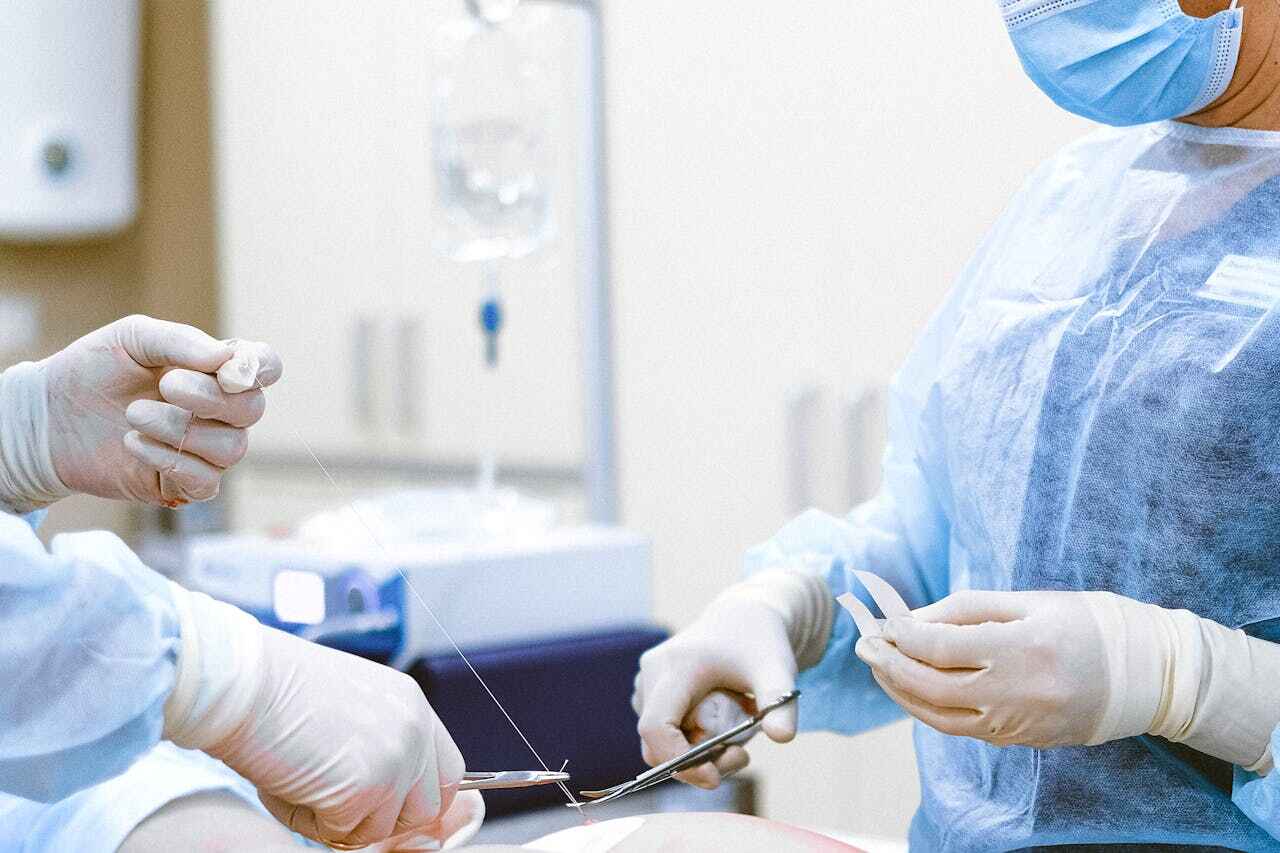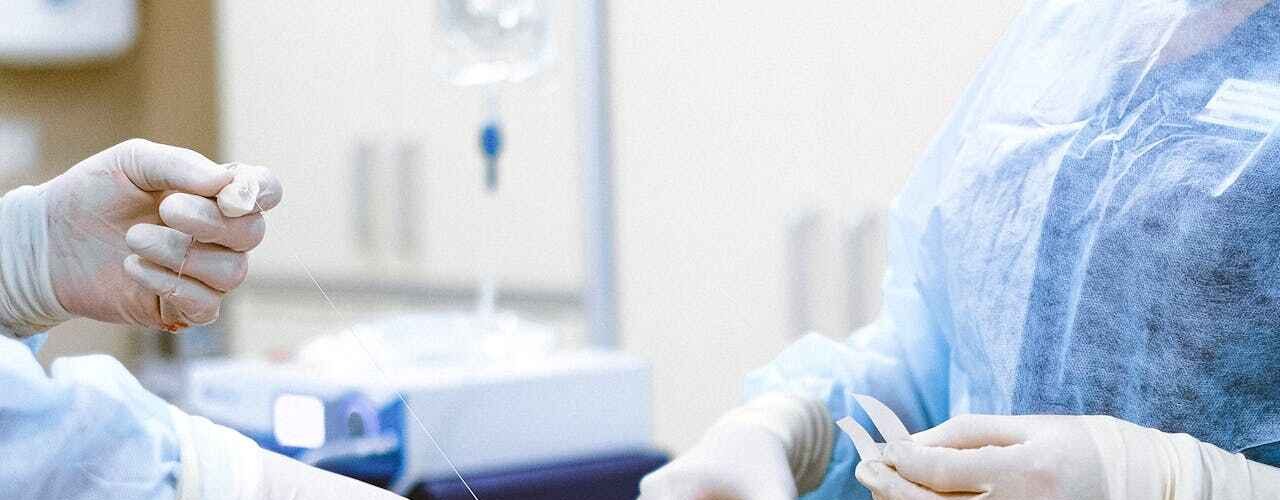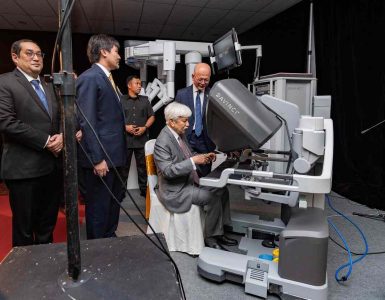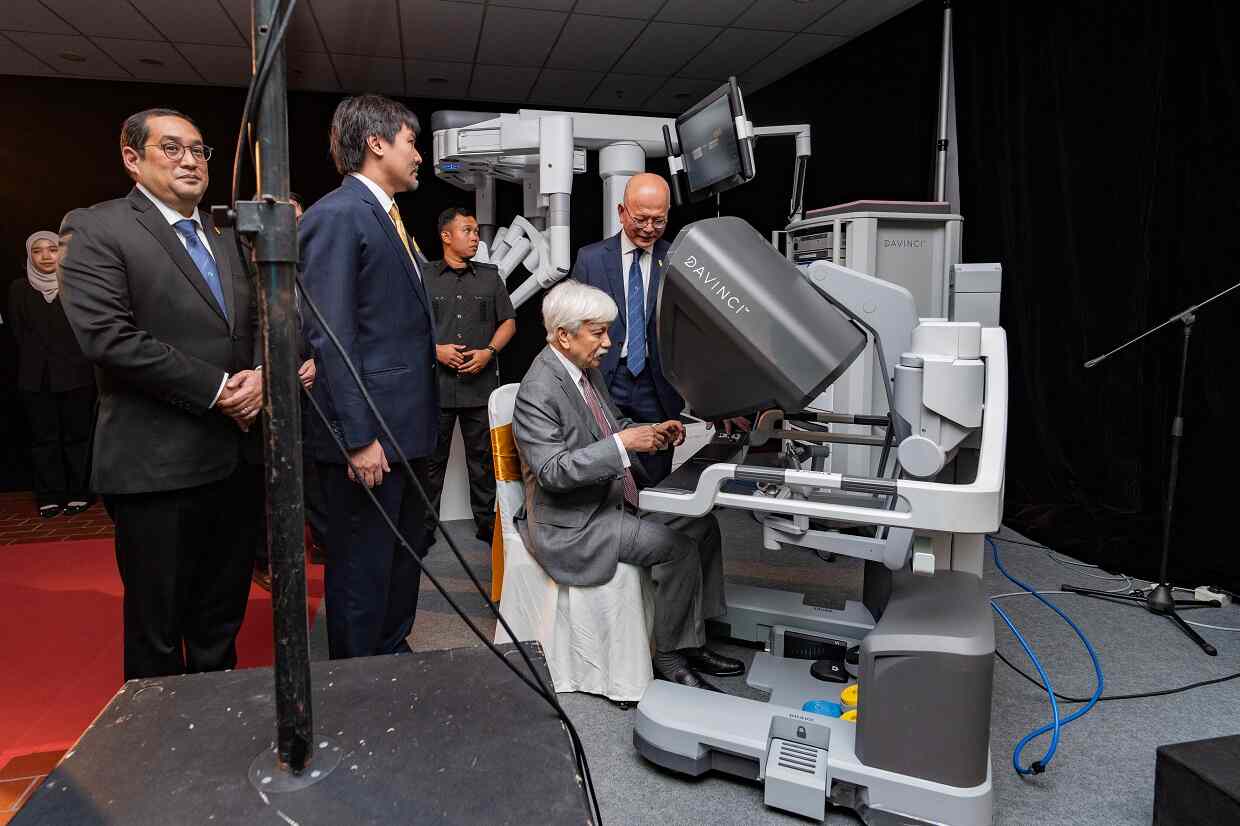Mohs micrographic surgery is one of the most precise techniques used to treat certain types of skin cancer. Developed by Dr. Frederic Mohs in the 1930s, the procedure remains the gold standard for removing basal cell and squamous cell carcinomas, especially on delicate or high-risk areas like the face. Patients often seek a qualified dermatologist mohs surgery clinic in Singapore for this specialized treatment due to its high cure rates and tissue-sparing benefits.
Below are five frequently asked questions that shed more light on what Mohs surgery involves and what to expect.

What is Mohs surgery, and how does it work?
Mohs surgery is a highly specialized outpatient procedure designed to remove skin cancer layer by layer. After the visible portion of the tumor is removed, the surgeon immediately examines the tissue under a microscope to check for any remaining cancer cells. If cancer is still present, another thin layer is taken and reviewed.
This step-by-step process continues until all margins are clear. Unlike traditional excision, Mohs spares as much healthy tissue as possible while ensuring complete cancer removal. It’s especially valuable when the cancer is located near sensitive or functionally important areas like the nose, eyelids, ears, lips, or hands.
After the tumor is removed, your dermatologist will discuss wound care or any necessary reconstructive steps. In many cases, stitches or a simple dressing will be sufficient.
Which skin cancers are best treated with Mohs?
Mohs surgery is most often used for:
- Basal cell carcinoma (BCC)
- Squamous cell carcinoma (SCC)
It may also be considered for some early melanomas and other rare skin cancers. The approach is preferred when tumors are aggressive, recurring, or located in high-risk anatomical areas. Its precision makes it ideal for patients who require both complete removal and the best possible cosmetic outcome.
What are the advantages of Mohs surgery?
The key benefits include:
- Highest cure rate: Up to 99% for newly diagnosed skin cancers and about 94% for recurring ones.
- Tissue conservation: Only the cancerous cells are removed, minimizing damage to surrounding skin.
- Same-day results: The entire process, including lab work, is done in a single visit.
These advantages make Mohs surgery a top choice for patients concerned about recurrence, scarring, or functional outcomes.
Is Mohs surgery painful or invasive?
While the term “surgery” might sound daunting, Mohs is typically performed under local anesthesia. This means you’ll be awake during the procedure, but the area will be completely numb. Most patients describe the experience as comfortable, though it may take several hours depending on how many layers are needed.
How long does recovery take after Mohs?
Recovery time varies depending on the size and location of the treated area. Most people can return to work or regular activities within one to two days, especially if the wound is small. For larger or more complex closures, downtime might be longer.
Swelling, redness, and mild discomfort are common for a few days, but complications are rare. Follow-up visits may be scheduled to ensure proper healing and to monitor for any recurrence.
Mohs micrographic surgery offers unmatched accuracy and efficiency in skin cancer treatment. If you’re exploring your options, choosing a reputable mohs surgery clinic with experienced dermatologic surgeons can make a significant difference in both outcome and recovery.












Add comment